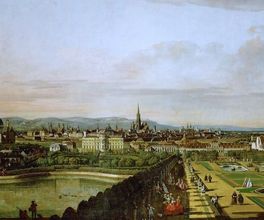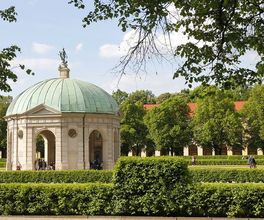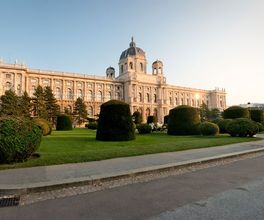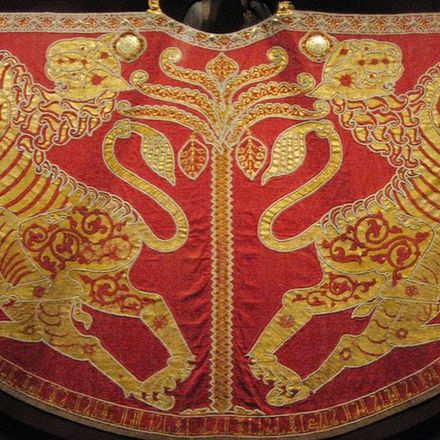
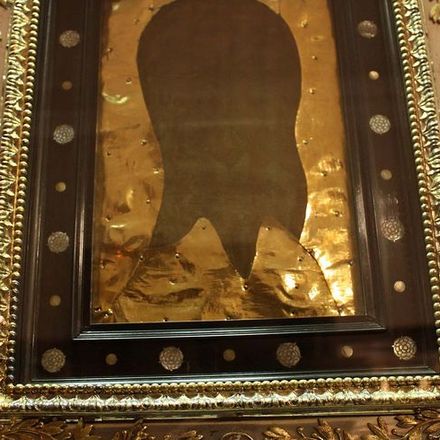
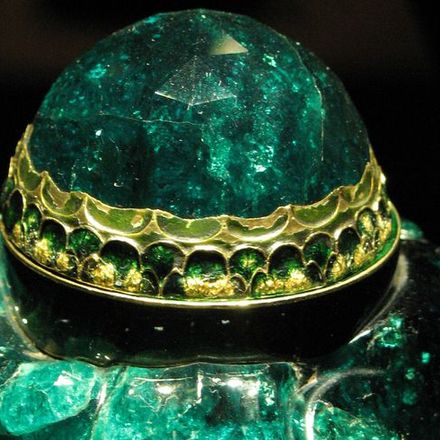


About this experience
In the halls of the Hofburg Treasury, you can not only see the crowns, scepters, mantles, and flags stored here up close. Here you can feel how the decorum of power itself is constructed - using artifacts and parallels with today's realities. What unites the new Russians of the 90s and the warriors of Alexander the Great, where the idea of the crown came from, why logos are so widely recognized today? Each of the regalia embodies human values, ideas about the hierarchy of society, and even subconscious attitudes, and you will see this for yourself during the interactive tour.
What to expect
Dialogue with things
You have probably never thought about why the crown is shaped that way, what the scepter symbolizes, and which item the robbed empress may have regretted most. But in the Hofburg Treasury, museum exhibits will speak. You will learn the secret of the 'bare' crown without decorations and understand what is 'wrong' with Monomakh's Cap; the symbolism of Napoleon's son's cradle and the coat of arms of Lombardy-Venice will become clear. You will no longer have to look at museum relics and involuntarily think, 'So what's so special about it?' because you will learn to look at them differently.
Is it all in the past... or not?
The most famous attributes of power usually rest on museum shelves, but is everything so simple with them? During the tour, I will offer you a couple of simple and quick tests that will prove that a significant part of the ideas about the decorum of power lies in the subconscious, no matter what century it is. I will tell you why Sarkozy, as a president, only ordered shoes from Masaltos, why the British queen cannot leave the palace without a hat, and why Burberry is the most counterfeited brand in the world. We will compare the titles of Emperor Nicholas II Romanov and Emperor Franz Joseph I Habsburg, reflect on the correct way to address presidents Trump and Mugabe, as well as how mass-market has made each of us cooler than any emperor.
Who is this tour for
The tour is designed for adults and children aged 10 and older.
Organizational details
- Museum tickets are not included in the tour price (14 euros per person, free entrance for visitors under 19 years old)
- I will gladly purchase tickets for you in advance, and we will go straight to the tour without waiting in line
- This art tour is intended for adults. However, if your children can communicate without taking into account their age and are interested in art as much as you are, feel free to bring them along.



